Your Guide to Emerging Tri Technology - What’s Actually Worth It?

There's no denying triathlon tech is evolving rapidly - but what's actually worth spending your hard-earned dollars on? (Photo: Notio, Runeasi, Nix, Form Swim)
Triathlon Tech
Love it or hate it, triathlon is a sport that thrives on technology. From the early days of triathlon-specific bikes with funky frames and even funkier hydration setups to today, when artificial intelligence (AI) and wearable sensors are taking center stage in triathletes’ quests to get more individualized data than ever before, triathlon has always been a tech-forward sport.
Not all tri tech is created equal, though, and it can be hard to sift through the noise with new apps and sensors launching seemingly every other week. We did a deep dive into the emerging tech leading the charge in triathlon to help clear the muddied waters and help you decide what technology is right for you to incorporate into your triathlon training and racing.
Swim Form Sensors
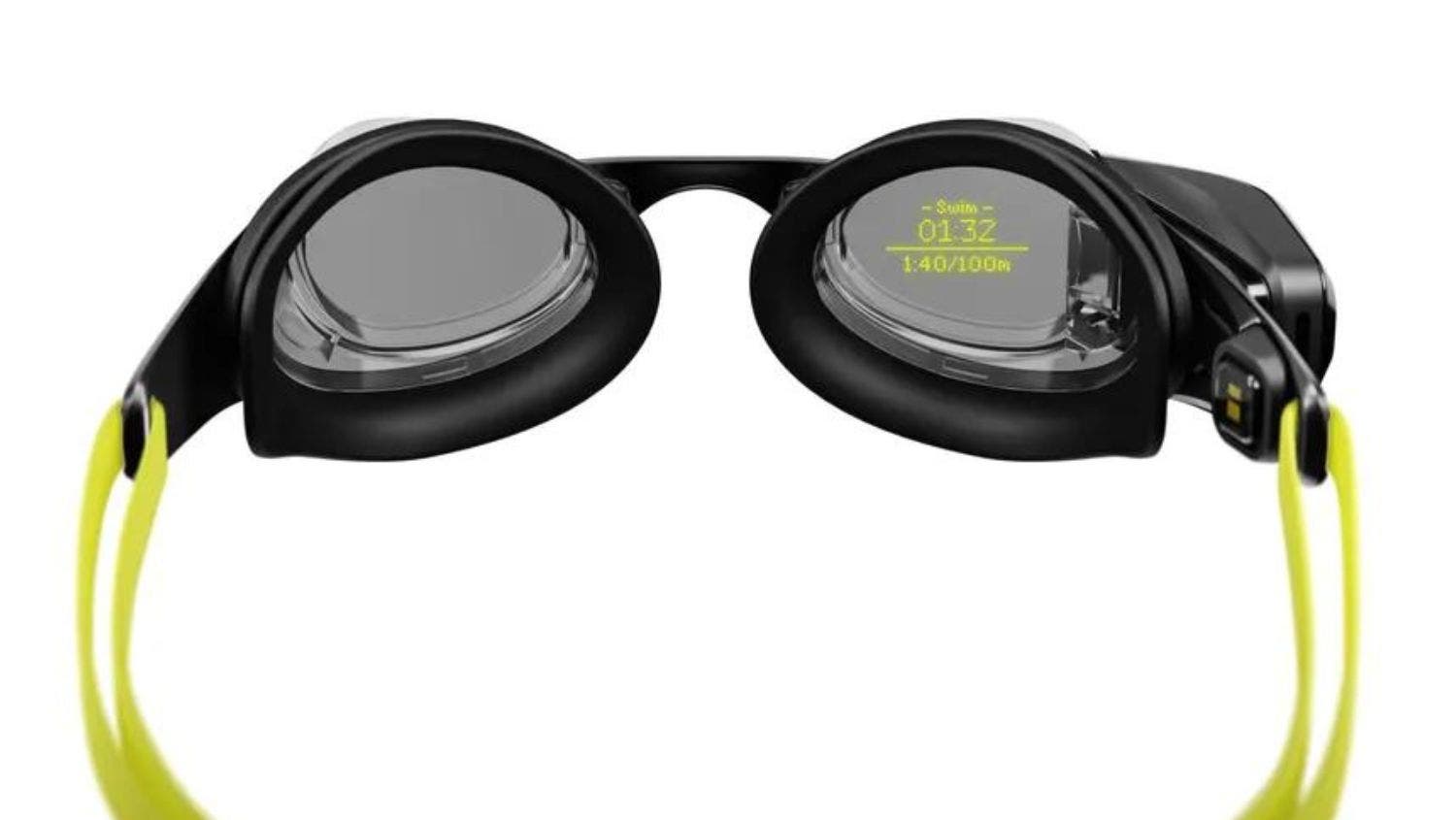
| Cost | $200-$700 for the sensors, additional app subscription fees may apply |
| Best for | Triathletes who struggle to naturally get a “feel” for the water |
| Who should avoid | Triathletes who come from a strong swimming background |
| Long-term adoption | 8/10 - Swimming is likely to remain the most challenging discipline for triathletes, who often come to the sport from a running background. Swimming is a lifelong journey to perfect, and triathletes will continue to need as much help as they can get. |
| Trickle-down potential | 10/10 - Devices are already within reach. |
| Good for elites | 4/10 - Many elite triathletes have access to an IRL coach or swim team, and may get feedback from an IRL coach there, eliminating the need for extra tech. |
| Good for beginners | 9/10 - While nothing replaces an IRL coach, for beginners who may not have access to in-person swim lessons, swim sensors can get you started on the right foot -er, stroke. |
Swim form sensors have become increasingly popular to spot at your local pool in the past years. Technology like FORM’s newest HUD goggles and EO Lab’s hand sensors and their accompanying apps aim to help triathletes and swimmers perfect their swim form, teach good habits and provide immediate data on pacing and body position.
Former collegiate swimmer, veteran triathlon and swim coach and certified personal trainer KJ Kroetch believes that some accurate swim feedback is better than none, but that technology will never replace the skills of a knowledgeable human swim coach: “I think most swim sensors take away from the growth process – for many triathletes, they are better off first getting a few general pointers from a human coach about good swim form before spending a ton of money on fancy sensors,” Kroetch says. “For those who already have a somewhat solid understanding of swim basics, feedback sensors can be cool tools for learning how pace feels or how small changes in form impact how they move through the water. Ultimately, if these sensors encourage you to get in the pool more, that may be worth it, though, because spending more time in the water will make you a better swimmer.”
Bike Aerodynamics Sensors
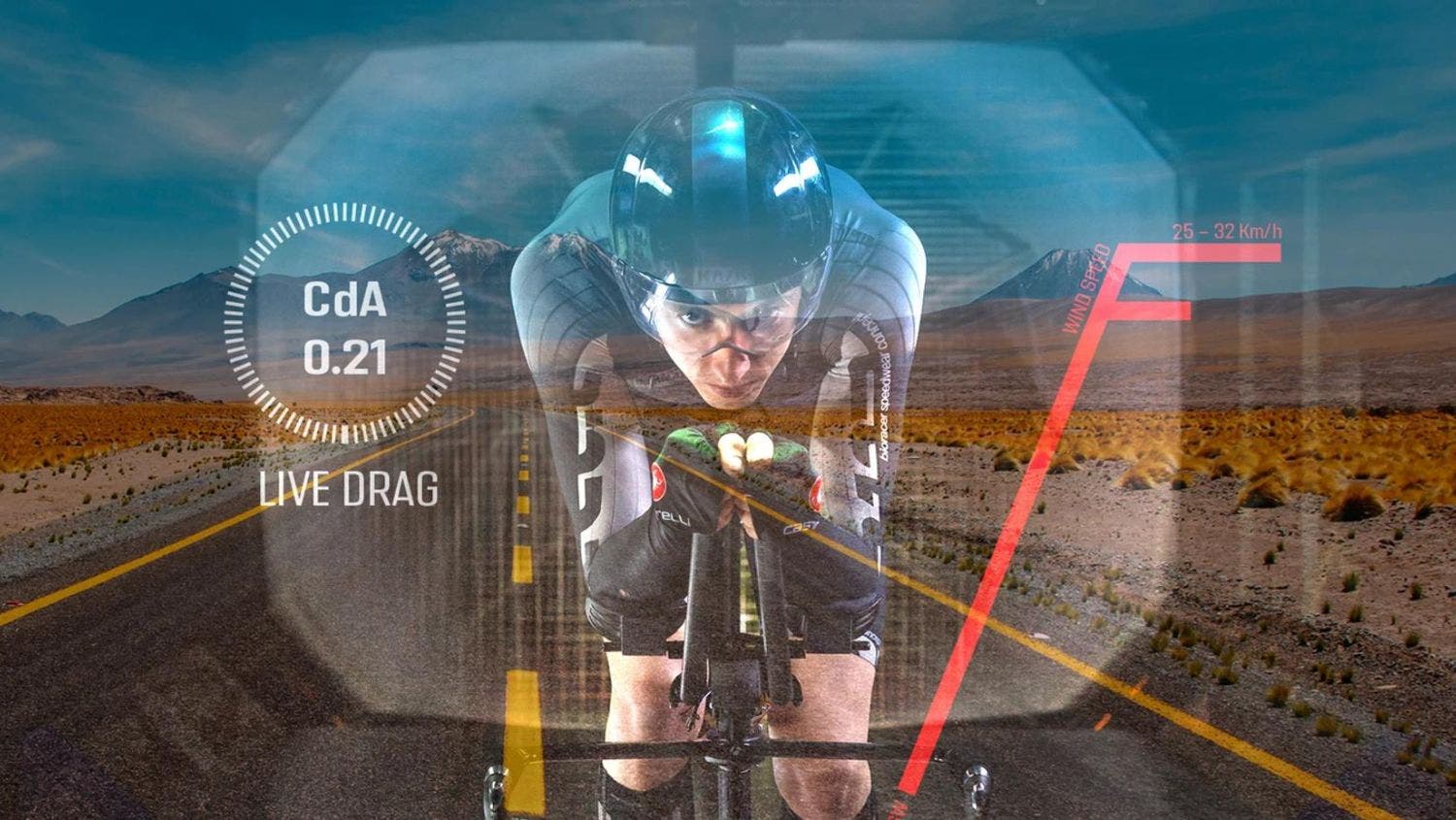
| Cost | $600-$2,500 for the sensors, additional app subscription fees may apply |
| Best for | Triathletes who have limited access to a bike fitter or love tinkering with their bike fit |
| Who should avoid | Triathletes who are not well-versed in bike aerodynamics or who are not comfortable making adjustments on their bike |
| Long-term adoption | 3/10 - Understanding bike fit aerodynamics is complex and time-consuming, and not something most triathletes have the time for - or even want to attempt to learn about on top of their training and other life responsibilities. |
| Trickle-down potential | 3/10 - While there will always be some amateurs who clamber to get their hands on any tech used by the pros, bike fitting is common enough now that most amateurs have at least one knowledgeable bike fitter near them, and some fitters even offer virtual fit options now, too. |
| Good for elites | 5/10 - It’s not uncommon for elite and pro triathletes to change their bike fits slightly to accommodate exceptionally flat or hilly courses. Bike fit sensors allow elites and pros to make those changes on the fly, without needing to visit a fitter in between races. |
| Good for beginners | 1/10 - It’s hard enough to learn how to change a flat tire when you’re just getting into cycling or triathlon. It is absolutely not recommended that total beginners fuss with their bike fit on their own. |
One of the longest-standing pieces of advice in triathlon is to invest in a good bike fit. Whether you are a pro, elite amateur, or total beginner to the sport, spending a bit of dough on a bike fit by a skilled fitter will go a long way in your comfort, confidence, and efficiency on your bike. As any good bike fitter will tell you, a solid bike fit goes beyond the numbers and incorporates nuances such as rider feedback. Every athlete is unique, and so must be every bike fit.
There are a handful of bike fit and bike aerodynamics sensors on the market, such as Notio.AI and Body Rocket, that aim to empower riders to do their own aerodynamics and bike fit testing – no wind tunnel or fancy bike fit studio needed. While these tools could be advantageous for those who already possess a strong knowledge of bike fitting, for many, these tools are likely to be more confusing than helpful.
“As with almost anything worth progressing, we have to remember that necessity is the mother of invention,” says Dr. Natalie Collins, DPT, owner of Pedal Fit bike fitting studio and physical therapy. “We are still leaning on some outdated principles and theories with regard to aerodynamics, so I would love to see if these technologies can expand our data points. My one concern is that we not stray further from the human aspect of cycling and triathlon – we are not machines but rather individuals who need to see, feel, and perform; human feedback should always outweigh blanket data points from technology.”
Run Form Sensors
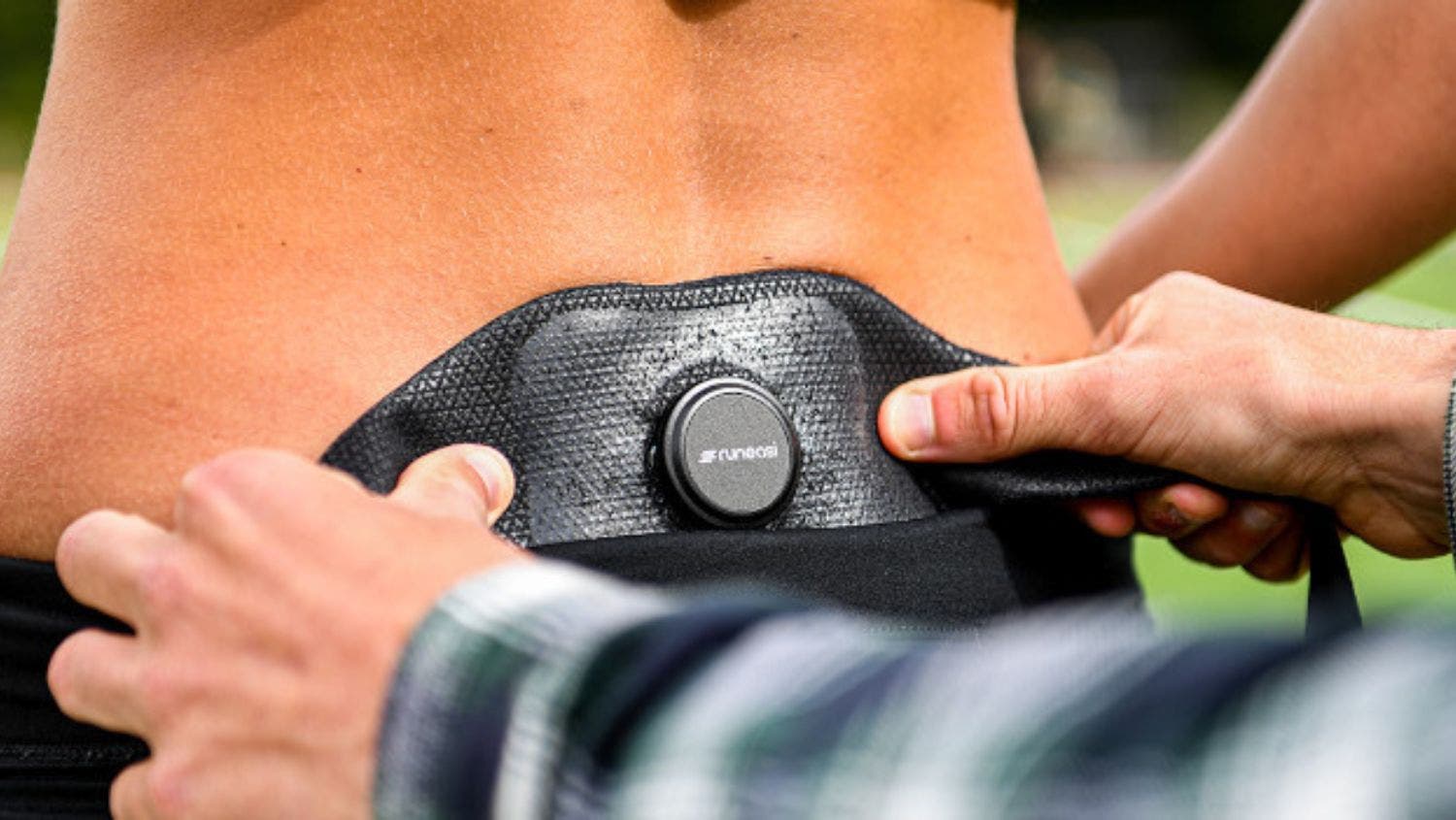
| Cost | $150+ for analyses, hardware for some analyses may cost extra |
| Best for | Triathletes who may be experiencing pain or injury from running, or triathletes who want to see if they can become more efficient runners |
| Who should avoid | Triathletes who feel good about their current run form and are not experiencing any pain or injury as a result of running |
| Long-term adoption | 8/10 - Running well is a unique combination of strong run form and aerobic fitness. Triathletes are often chided for their stiff run forms as they come off the bike - it’s likely that triathletes will always need to work on their run forms and injury prevention related to running. |
| Trickle-down potential | 8/10 - Running is the final leg of any conventional triathlon, and everyone from pros to amateurs know this is the leg of the race that often feels the most grueling. Pros and amateurs alike will continue to want to find ways to come off the bike feeling as fresh as possible so they can get to that coveted finish line faster. |
| Good for elites | 7/10 - “Bike for show, run for dough” is a common adage in pro triathlon that basically means - make sure you can run well enough to secure a paycheck. Pros and elites will always want to correct run inefficiencies and find room for improvement on the run - it could be the difference between a payday and going home in the red. |
| Good for beginners | 4/10 - If you’re just starting out in triathlon and don’t come from a run background, it’s likely more important to ensure you have the aerobic fitness to run at least a 5K first before worrying about run form. However, if you are new to the sport and experiencing pain from running, a run form analysis using run sensors may help prevent injury and further pain as you dive into triathlon. |
Run form sensors and analysis technologies such as Runeasi use motion capture via a series of sensors placed on the athlete’s body to compute data such as joint angles, where an athlete lands relative to their center of mass and any imbalances in an athlete’s stride. The data is then available – sometimes live, as you run – in an app and can be further analyzed to determine inefficiencies or why running may be causing an athlete pain or discomfort.
Some of these sensors can be used at home, but others such as Runeasi are generally found in a physical therapist’s office due to how expensive they are – and how much analysis the data can require. As Dr. Caitlin Alexander, DPT, CAFS and owner of Hü Performance says, this data can be helpful – but only if the athlete knows what to do with it. Otherwise, it’s just a lot of numbers on a dashboard that don’t add up to actionable steps to improve one’s running.
“Getting to a lab with high-speed 3D motion capture technology can give you a lot of data, but oftentimes it’s not necessary,” Dr. Alexander says. “In my experience, most runners that come into my lab don’t really care about joint angles at different phases of the gait cycle, impact loading, or vertical oscillation – they just want to know what they can do to be better at running, it’s as simple as that.”
Dr. Alexander notes that it can be easy to get caught up in all the cool running technology available to athletes today, but without a practitioner who can tell you what to do with data from that technology – like create a strength program or provide mobility exercises – it’s essentially much ado about nothing.
Nutrition and Hydration Sensors
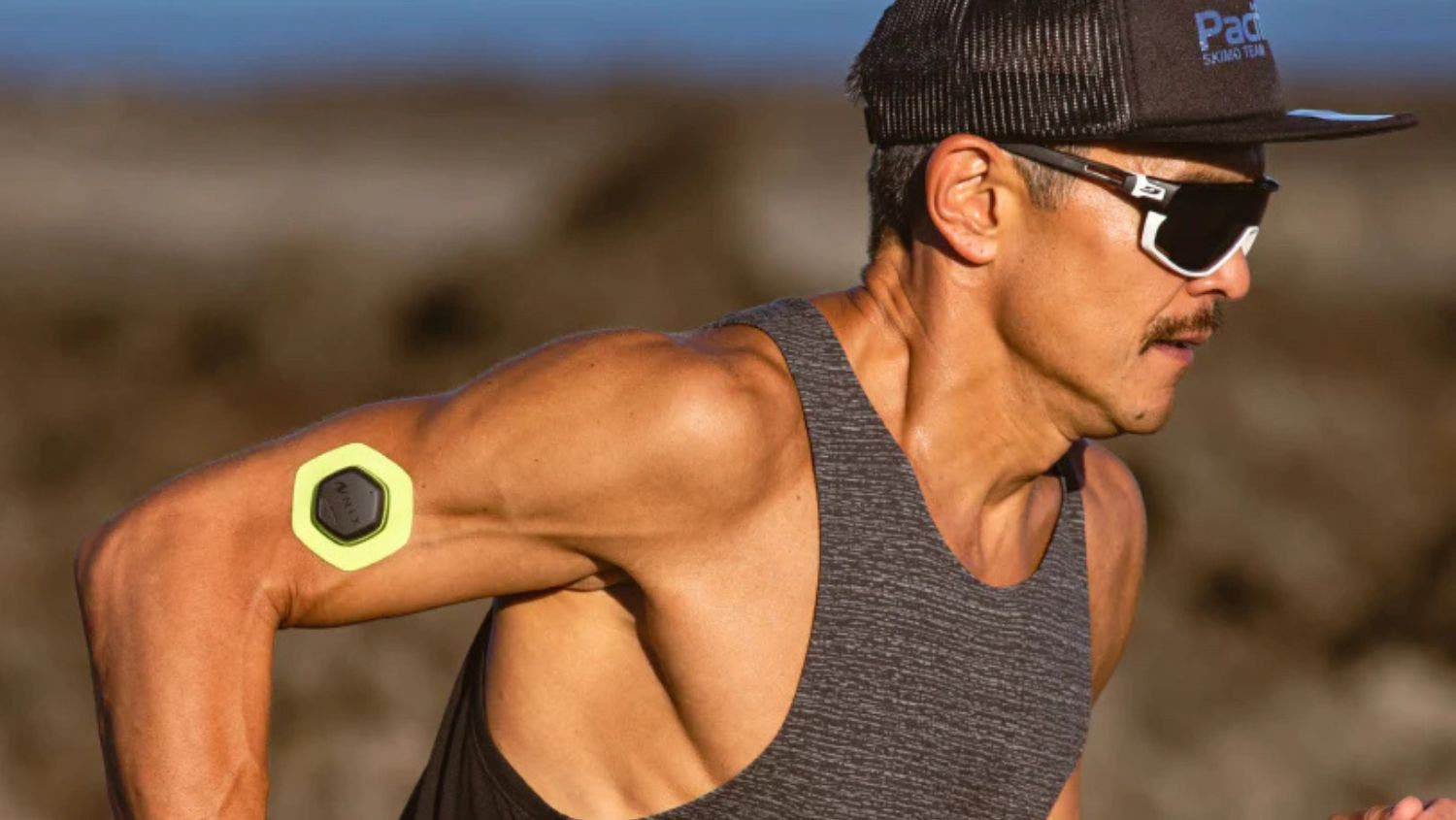
| Cost | $130 - $250+ for the sensor, additional app fees may apply |
| Best for | Triathletes who struggle to dial in their nutrition and hydration strategies and may not have access to a nutritionist or to metabolic testing |
| Who should avoid | Triathletes who have a fueling plan that works for them or for those who may already have a long-term relationship with a sports nutritionist |
| Long-term adoption | 5/10 - Many of the nutrition and hydration sensors on the market today are well-intentioned with trying to help athletes dial in their fueling - but most are not specific enough or do not provide enough accurate data to truly provide the kind of input needed for a triathlete to effectively craft a fueling plan based off of one sensor’s data. |
| Trickle-down potential | 10/10 - Whether a sprint- or an iron-distance triathlon, nutrition and hydration are paramount to a successful race. Amateurs may not have the same level of access to nutrition and hydration consulting that the pros do, so credible sensors available to the general population may provide the insight needed to begin crafting an educated fueling plan. |
| Good for elites | 2/10 - Most elite and pro triathletes invest in consulting with a nutritionist or getting regular metabolic testing done to determine a unique fueling plan that is right for them. Sensors like these may help provide some input into those plans, but most elites are going a step above and diving even more into the science behind effective fueling. |
| Good for beginners | 8/10 - There are so many nutrition and hydration products on the market that it can be hard to suss through them all as a beginner to triathlon. Using hydration and sweat sensors can help beginners get some semi-accurate baselines to begin forming a fueling plan based on their individual needs. |
Wearable nutrition and hydration sensors have exploded in popularity in the last five or so years. We’ve seen everything from continuous glucose monitors (CGMs) to sweat testing patches taped to the arms of professional and amateur triathletes. Some sensors aim at helping athletes understand their blood sugar levels (CGMs) while some aim to provide information about hydration and electrolyte needs, such as the Nix Hydration Biosensor or the hDrop sensor.
Before these sensors were available to consumers, athletes’ only choice to get insight into their fueling needs was to get metabolic and sweat testing done in a lab and get consistent bloodwork done. As convenient as these publicly-available wearable sensors are today, they aren’t a silver bullet when it comes to understanding your fueling needs – but many come close enough, says Kylee Van Horn, RDN, owner of FlyNutrition.
“I do think that wearable fueling sensors can offer a great benefit to athletes as they dial in their fueling, especially if an athlete is experiencing cramping or GI issues,” Van Horn says. “The issue I see is that some of these wearables are not accurate enough just yet, and this can cause confusion or stress for athletes who are using them without consulting a registered dietitian in tandem with use of the sensor. On the whole, though, these technologies can be hugely helpful for the everyday athlete – not just the pros – to get more dialed in with their training and nutrition.”
AI-Based Coaching
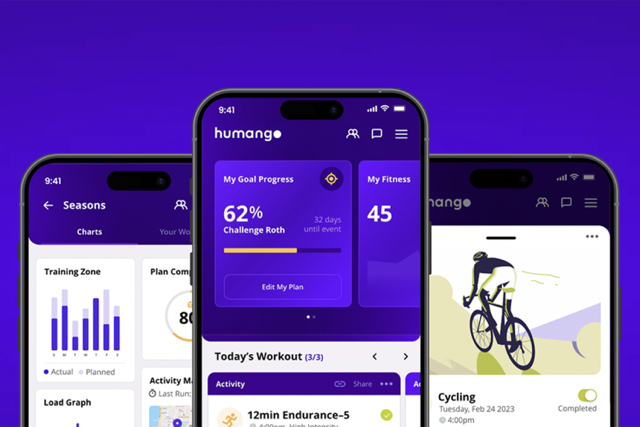
| Cost | $250+ for a year of AI-based coaching |
| Best for | Triathletes who want a data-based coaching plan without needing to interact with a human coach on a regular basis and/or those who want data-backed coaching without breaking the bank |
| Who should avoid | Triathletes who enjoy the athlete/coach relationship and want regular contact with a human coach who can discuss qualitative feedback |
| Long-term adoption | 10/10 - AI is the way of the future, and the past few years have shown that across multiple industries, including triathlon, AI is here to stay. AI coaching is cheaper and sometimes even more data-backed than human-based coaching and could lower the barrier to entry for newer triathletes who aren’t ready to commit to a full coaching relationship with a human yet. |
| Trickle-down potential | 7/10 - Listen, at some point in your triathlon career, you’re going to want to talk to a human about their nutrition plan suggestions, their war stories from the race course and the mistakes they wouldn’t make twice. But in the interim, AI coaching from a reputable organization like TriDot or Humango can get new triathletes fit enough to race - and even to be competitive. |
| Good for elites | 0/10 - Elite triathletes know that data can only get you so far - you need a human coach when competing at a high level to help you work through performance plateaus, sports psychology topics and to strategize about which races to give your all in. AI coaching does not provide the “soft skills” that elite athletes need to keep pushing their limits. |
| Good for beginners | 6/10 - We hear over and over again that one of the biggest barriers to entry into triathlon for new triathletes is the high financial investment it takes just to get started. One such cost often mentioned is committing to working with a human coach for hundreds of dollars a month, when a beginner isn’t even sure if they want to pursue the sport beyond a single sprint tri. AI coaching, which costs for one year what most human tri coaches charge for a month, can help mitigate that “startup” cost for beginners and still help them be successful come race day. |
There are a handful of AI coaching companies that have gained traction in the endurance sports market as of today: TriDot, Humango, and FasCat Coaching. TriDot is credited as being one of the first triathlon coaching programs to leverage AI in multiple ways: Normalized Training Stress, EnviroNorm, and PhysioGenomix, all of which use data from your training, training environment and even your genetic profile to optimize your training plan each day. TriDot claims that using its AI-backed programs can help you optimize the time you spend training, limit injuries and, of course, provide strong results on race day. TriDot does have human coaches to work with, which means athletes aren’t entirely on their own when it comes to tackling the emotional side of the sport, but their training plans are largely – if not entirely – based on the AI algorithms of TriDot.
Head Coach of the Division I University of Denver Women’s Triathlon Team Barbara Perkins feels that while AI training plans and coaching may provide accurate data analysis, nothing can ever replace the benefit of a strong athlete/coach bond.
“There are many nuances required to get the most of the coach/athlete dynamic; there is so much more that goes on below the surface of that relationship than black-and-white data,” Perkins says. “There are things that AI cannot detect, such as emotions or mental health – humans are multi-faceted and not a data point. In my opinion, there is a limit to the improvement that can be achieved via an AI-developed program. If you want long-term success in triathlon, at some point it will be necessary to work in-depth with a human coach.”
To Tech Or Not To Tech?
We’re going to be cliche for a second and say the old “every athlete is unique” adage. But bear with us on this one, because that saying holds especially true when it comes to what tech, and how much of it, you incorporate into your training and racing.
Some of the most remarkable performances in triathlon have been achieved with little-to-no special technology; look at the famous battles between Mark Allen and Dave Scott in gym shorts and carbon-less shoes. On the flipside, modern day strategies like the “Norwegian Method” require a tremendous amount of technology and sensors to achieve the edge that athletes like Kristian Blummenfelt and Gustav Iden have.
Most athletes will benefit from leveraging some mix of technology into their training, especially in areas where they may not have access to a human expert to help guide their improvement. But don’t forget that countless personal bests and magical finish lines have been achieved many times over without fancy watches or wearable nutrition sensors – and there’s no reason why you can’t surprise yourself under your power on any given day.